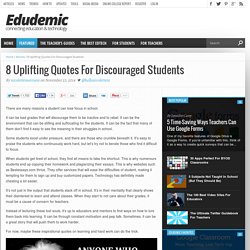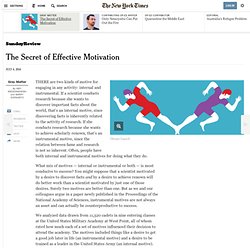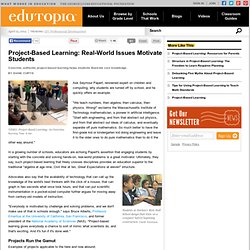

CIPD L&D Show 2016: ‘Mindset is the biggest barrier to success’ Research reveals secrets to engaging with NEET risks. Mentoring, group support, relevance to the world of work and flexibility are key to successful programmes to engage students at risk of becoming NEET (not in education, employment and training).

The final report from a three-year research study into the impact of school-based programmes for engaging with NEETs has been published. It concludes that it should be possible to prevent the majority of 16 to 24-year-old NEETs from falling by the wayside, but only if they receive the right support early on. In England, as of December 2015, there are 690,000 young people aged 16 to 24 who are NEET. The problem is more acute in the north of the country, with the worst NEET rates being recorded in the North West (14.1 per cent), North East (16.1 per cent) and Yorkshire and Humberside (13.1 per cent).
The lowest rate is found in the South East (9.4 per cent). The programmes included employer-focused support such as extended work experience and undertaking social enterprise qualifications. Foundation Learning: Motivational Dialogue in e2e. Skip to main content Foundation Learning: Motivational Dialogue in e2e Summary This set of guides and workbooks for practitioners from the Standards Unit aims to improve motivation through focussing on being learner-centred and using motivational dialogue to achieve step changes in an e2e context.

Whilst these materials were designed for a programme that has now been superseded, the material is still valid. Resource Type: Guides, How to - CPD, Training material. Stick with it Motivating Skills for Life learners. Skip to main content Stick with it Motivating Skills for Life learners Summary Literature Review Final Report to the Quality Improvement Agency October 2007 Jenny Litster Resource Type: Research report Audience: Governors and clerks, Leaders and managers Web link for this resource: Lir review research.doc Register for an account Register now for a new account on the Excellence Gateway and start building shareable personalised collections of resources.

Social media. Growth Mindset Archives - Youcubed at Stanford University. BBC Radio 4 - Radio 4 in Four, 'Don't tell your child they're clever' INDS01.pdf. LLUK-00680-2007.pdf. Teacher-article-youcubed2. 8 Uplifting Quotes For Discouraged Students. There are many reasons a student can lose focus in school.

It can be bad grades that will discourage them to be inactive and to rebel. It can be the environment that can be stifling and suffocating for the students. It can be the fact that many of them don’t find it easy to see the meaning in their struggles in school. Some students excel under pressure, and there are those who crumble beneath it. It’s easy to praise the students who continuously work hard, but let’s try not to berate those who find it difficult to focus. When students get tired of school, they find all means to take the shortcut.
It’s not just in the output that students slack off in school. Instead of lecturing these lost souls, it’s up to educators and mentors to find ways on how to lure them back into learning. For now, maybe these inspirational quotes on learning and hard work can do the trick. “If you really look closely, most overnight successes took a long time.” – Steve Jobs “Every child is gifted. The Secret of Effective Motivation. Photo Gray Matter By AMY WRZESNIEWSKI and BARRY SCHWARTZ THERE are two kinds of motive for engaging in any activity: internal and instrumental.

If a scientist conducts research because she wants to discover important facts about the world, that’s an internal motive, since discovering facts is inherently related to the activity of research. If she conducts research because she wants to achieve scholarly renown, that’s an instrumental motive, since the relation between fame and research is not so inherent. What mix of motives — internal or instrumental or both — is most conducive to success? Project-Based Learning: Real-World Issues Motivate Students. Concrete, authentic project-based learning helps students illustrate core knowledge.

VIDEO: Project-Based Learning: An Overview Running Time: 9 min. Ask Seymour Papert, renowned expert on children and computing, why students are turned off by school, and he quickly offers an example: "We teach numbers, then algebra, then calculus, then physics. Wrong! " In a growing number of schools, educators are echoing Papert's assertion that engaging students by starting with the concrete and solving hands-on, real-world problems is a great motivator. Students at Harlem's Mott Hall School design their kites on a computer before beginning construction. Credit: Edutopia Advocates also say that the availability of technology that can call up the knowledge of the world's best thinkers with the click of a mouse, that can graph in two seconds what once took hours, and that can put scientific instrumentation in a pocket-sized computer further argues for moving away from century-old models of instruction.
Schools%20and%20Communities%20RR%20P4.pdf.